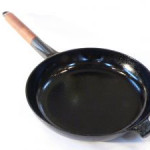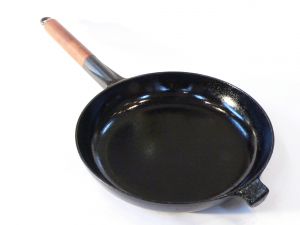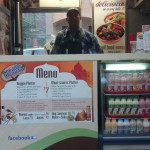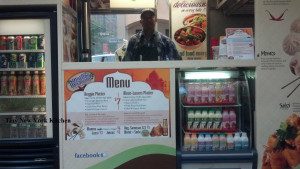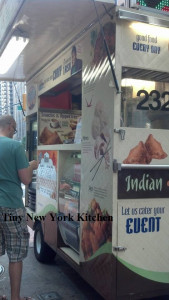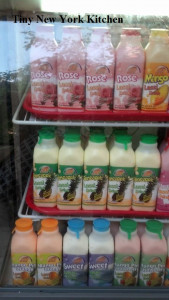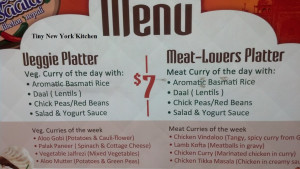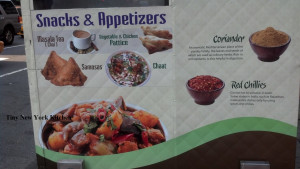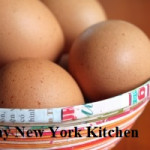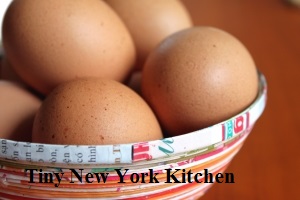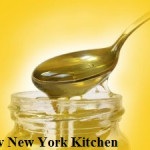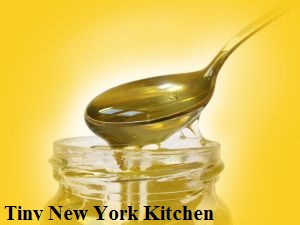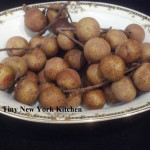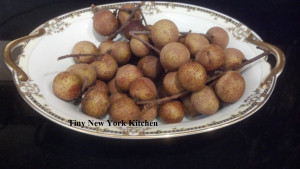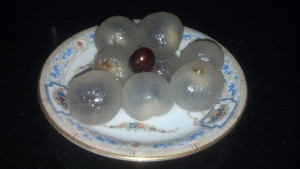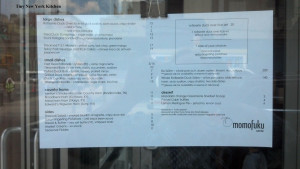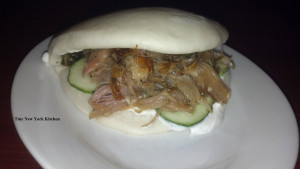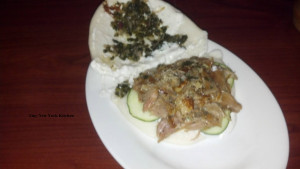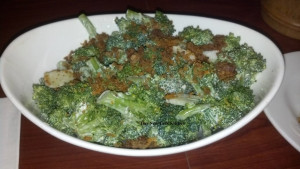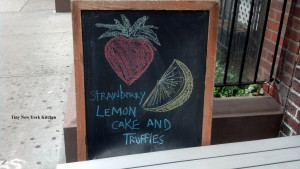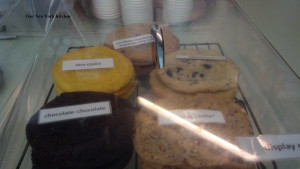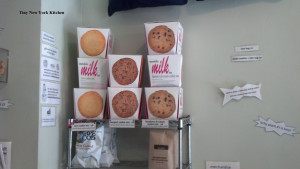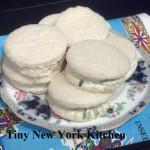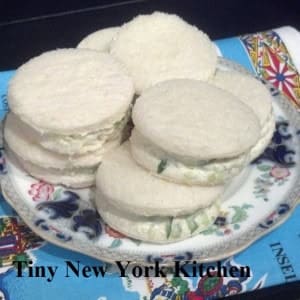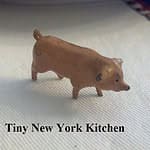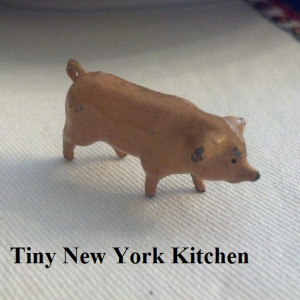Some foods need moist, long cooking to tenderize them while others just require a quick sauté in a skillet. Sauté means “jump” in French which describes the tossing and turning in the skillet during the cooking process. There are a few basic secrets to perfect sautéing that will help you get better cooking results.
The trick to successful sautéing is to use a medium-high heat and a small amount of oil. As a matter of fact meats and other protein-based foods should not be turned too often because extended contact with the hot skillet will brown the surface of the food which will deliver extra flavor. Heat the skillet over a medium-high heat and if the pan is too hot you will burn the outside of the food before the inside is cooked so turn down the heat a bit.
Do not use butter for sautéing. Use oil. Butter contains milk solids that burn and smoke at high temperatures. Some cookbooks call for mixing butter and oil which supposedly increases the smoke point of the butter. This does not remove the milk solids that are the problem. You can, however, use clarified butter, but it is easier to use oil for cooking meats. If you want a butter flavor then use it in a pan sauce.
Thick cuts of meat can be difficult to cook through when sautéing. You may want to use a double-cooking method for thick cuts. Double-cut pork and lamb chops, porterhouse steaks, and large bone-in, skin-on chicken breast halves are too thick to cook through in a skillet on the stove top. It is best to brown them in the skillet, and then finish cooking them in a 400° F oven. Be sure that your skillet is ovenproof.
Make a pan sauce to take advantage of the browned bits in the pan which are loaded with delicious flavor. Remove the meat from the skillet and tent loosely with aluminum foil to keep the meat warm. Pour off the fat from the skillet and return the skillet to the medium-high heat. Add a couple of tablespoons of minced shallots and a tablespoon of butter. Do not add the butter alone as the skillet may be too hot and the butter will burn. The shallots will act as insulation. Cook for a minute or so to soften the shallots and then add about 1 cup of an appropriate stock. Wine may seem like a good choice, but it can be too strong. Boil the stock, scraping up the bits in the pan with a wooden spoon or spatula until it is reduced to about 1/2 cup. Remove from the heat and whisk in 1to 2 tablespoons of cold butter (a tablespoon at a time) to thicken the sauce lightly.
Do not transfer your eggs to the egg holder in the refrigerator door. This is actually the warmest place in the fridge and storing them there will hasten spoilage. Leave them in their carton and put them on a shelf.
There is no difference in flavor or nutritional value between white and brown eggs. Choosing one over the other is a matter of aesthetic preference. The breed of chicken determines the color of the eggshell.
To crack an egg with a clean break, rap it on a flat work surface. Eggs that are cracked on the edge of a bowl shatter more easily and you can end up with pieces of eggshell in the bowl.
Eggs are much easier to separate when they are cold. Most chefs learn to separate eggs by passing their contents back and for between halved shells, but this is not the greatest method as the sharp shells can cut into the yolk. It’s much better to use your hands. Working over a bowl, hold the egg in one hand and rap the egg on the work surface. Still using one hand crack the egg into your other cupped free hand. With practice you will soon be able to crack and open an egg with just one hand. Throw away the shell. Gently pass the egg back and forth to your cupped hands. Let the white slip through your fingers into the bowl while the yolk remains intact. Make sure to wash your hands well before starting this process and, of course, after you’ve separated the last egg.
Room temperature eggs will beat more easily because they will incorporate more air than cold eggs. To take the chill off of refrigerated eggs put the uncracked egg in a heatproof bowl and then add hot tap water to cover. Let stand for about 5 minutes.
To bring egg whites to room temperature, separate the cold eggs. Open them over a heatproof bowl so that the whites fall into it. Put the bowl in a larger bowl filled with hot tap water and let stand. Stir occasionally for about 3 minutes or just until the whites lose their chill.
Fat inhibits the aerations of egg whites. When you are beating egg whites make sure that there is not ANY fat that comes in contact with the whites. Bowls and beaters must be absolutely clean. Do not use a plastic or rubber bowl for beating egg whites because they seem to retain grease. To make sure that you have removed all grease from the bowls and beaters put the beaters in the bowl and add a generous splash of vinegar. Wipe out the bowl with paper towels and then wipe down the beaters with the vinegar soaked paper towels. Pour out any vinegar that may remain in the bowl, but do not rinse out the vinegar residue. Due to its acidity, vinegar will react with the egg whites and help them hold their shape when whipped.
For soft scrambled eggs, add a spoonful of heavy cream or milk when you beat the eggs. This should be about 1 tablespoon for every 2 eggs. Salt does toughen the eggs so don’t add the salt until after the eggs are cooked.
Poached eggs should have an attractive oval shape. First, use very fresh eggs, as their whites are firmer than older eggs. Regardless of age, it isn’t easy to get the whites to behave in simmering cooking water. Vinegar and salt will help set and control the spreading whites. Add 1 tablespoon of cider or distilled vinegar and 1/2 teaspoon of kosher salt to every quart of water. When the eggs are done, use a slotted spoon to transfer them to a bowl of hot tap water to rinse off the vinegar flavor and to hold the eggs for a few minutes before serving.
Hard-boiled eggs should be easy to cook. There are two common problems in cooking hard-boiled eggs. 1. Green-ringed yolks 2.Difficulty peeling. First, you should use eggs that have been stored for 7 to 10 days before cooking them. Older eggs are easier to peel. As the egg ages, carbon dioxide escapes through the shell, reducing the acidity of the white and acidity affects how the white clings to the shell. For peeling I find it easier to peel a hard-boiled eggs under running water.
Despite common belief, hard-boiled eggs should not be boiled for two reasons. First of all, the bubbling water can move the eggs so much that the shells crack. Second, it is easy to overcook eggs in boiling water. Overcooking will cause that horrible green ring that sometimes forms around the yolk. A better and easier way to cook the eggs is by putting them in a saucepan and cover with cold water. Bring to a simmer over a high heat. Take the pan off of the heat and cover with a lid. Let the egg stand in the water for 15 minutes. Pour off most of the water from the saucepan and then fill the pan with cold water. Let the eggs stand until they are completely cooled which should be for about 20 minutes. Crack and peel the eggs (under running water) immediately after cooling.
Breakfast, lunch or dinner? Track your favorite NYC (and other cities too) food truck at www.roaminghunger.com.
Did you know that you can keep your honey from crystallizing by storing it in the freezer? You don’t have to worry about it freezing solid because the moisture content is low. When purchasing large amounts of honey, divide it into freezer proof containers and freeze. When you need to use it just defrost it at room temperature for about 1/2 hour. The honey will appear thick and a bit sludge-like until if fully reaches room temperature.
Every week my awesome Chinese massage therapist gives me a different Asian fruit to try. I get all sorts of different fruit that I have never seen before. My massage therapist, Su, is very proud of her culture and is so happy when I try foods from her culture. Last week Su gave me something called, Longan, which is also called “Dragon’s Eye.” Apparently, it is called “Dragon’s Eye” because it resembles an dragon’s eyeball when the fruit is peeled. There is a black seed inside that shows through the translucent flesh. Like a pupil. The seed is fairly small, round and hard. When Longan is ripe it is easy to peel. It tastes sort of like a grape and sort of like a lychee. Most of the Longan fruit is grown in China, but these were grown in Florida. I am totally a fan of this fruit and am grateful to Su for teaching me about foods from the Chinese culture.

